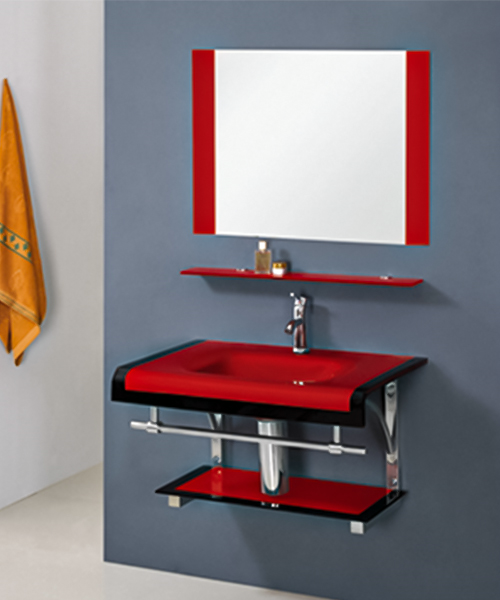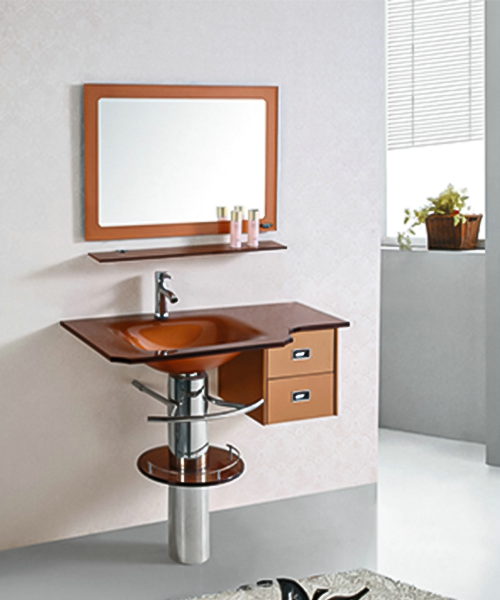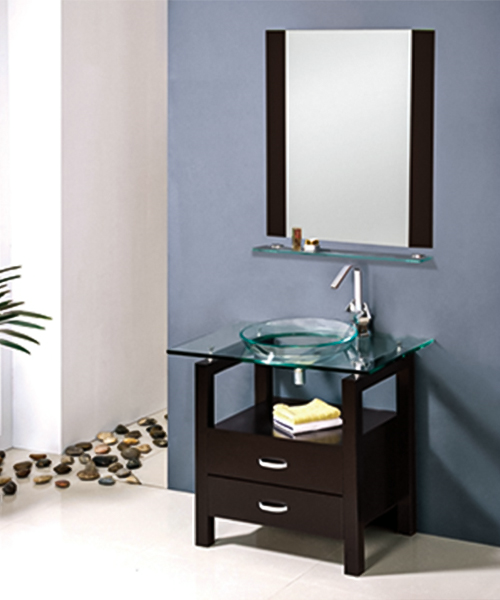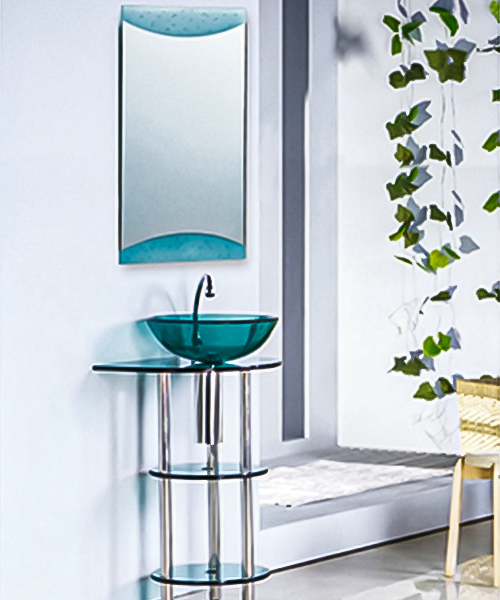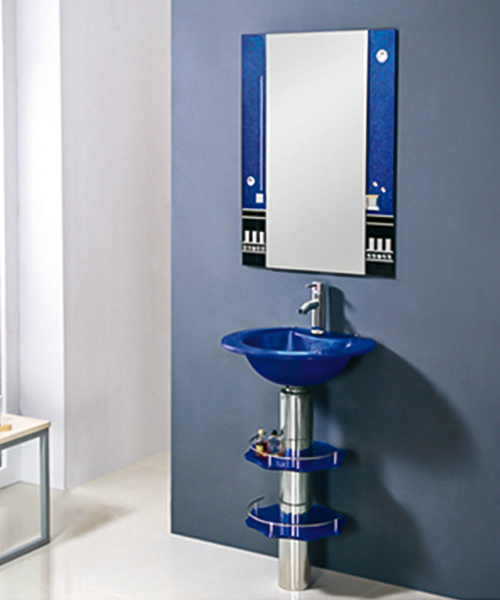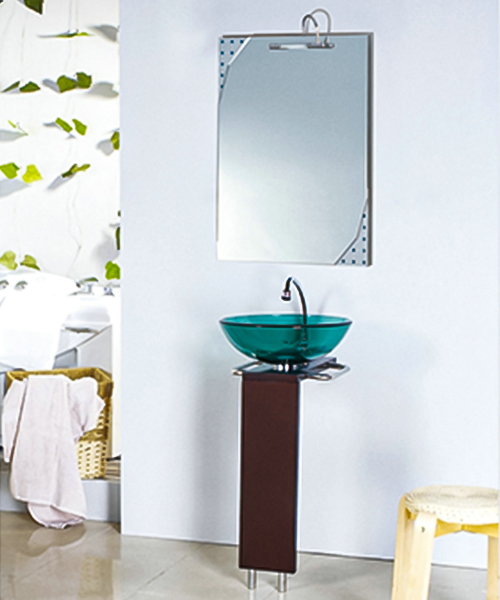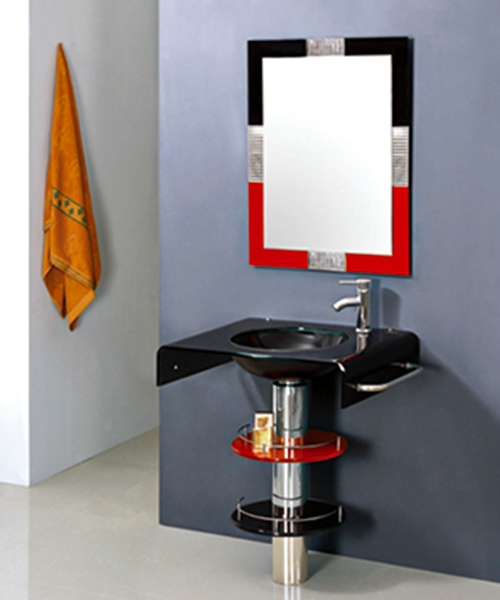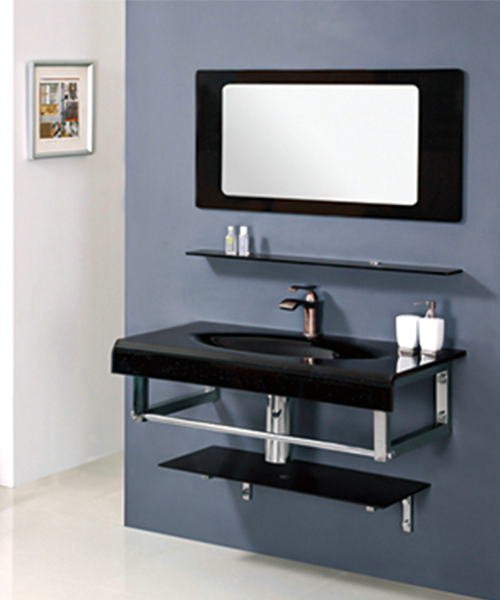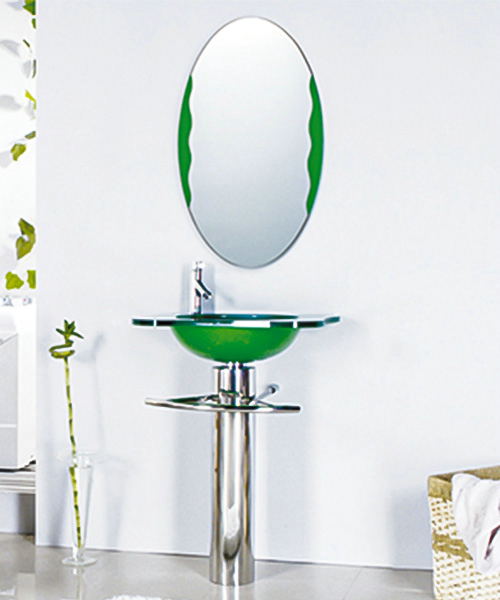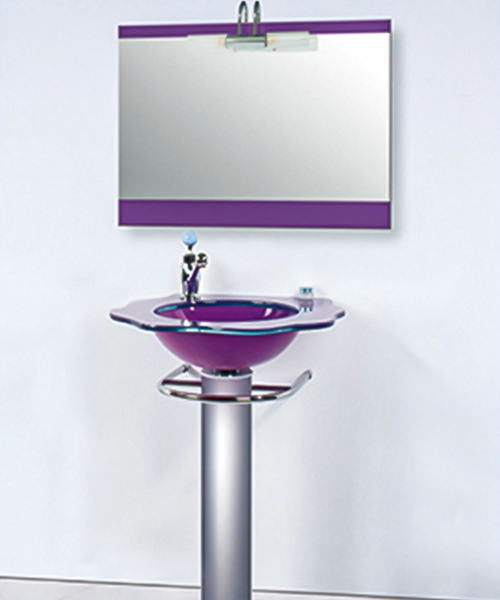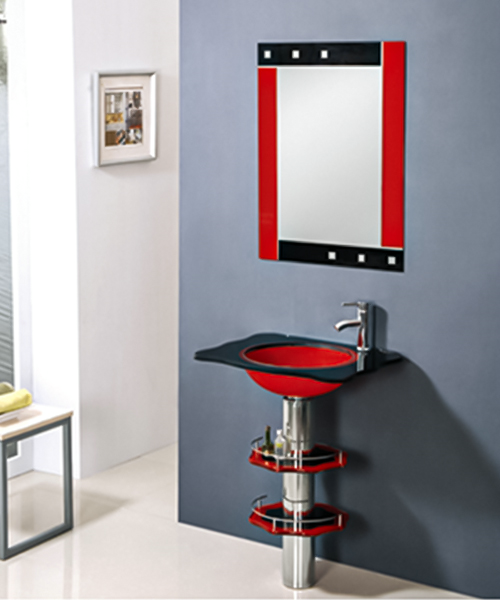Common installation methods for full-length mirrors
There are many ways to install full-length mirrors, each with its own unique advantages and applicable scenarios. The most common installation method is wall-mounted installation, which is suitable for most homes and commercial spaces. Wall-mounted installation usually uses expansion screws or mirror nails to firmly fix the mirror to the wall. You need to choose the appropriate height and position based on the use needs (such as dressing, makeup or decoration) and the space layout. Use a level to ensure that the mirror is level and mark the drilling position on the wall. Next, choose the appropriate drill bit and expansion screws according to the wall material (such as concrete, brick wall or gypsum board) to install the fixings on the wall. Hang the mirror on the fixings and check whether it is stable. This installation method is suitable for heavy mirrors and can ensure that the mirror is fixed to the wall stably for a long time.
For users who do not want to drill holes in the wall, traceless sticker installation is a convenient option. Traceless stickers usually use strong glue or Velcro, which is suitable for lightweight mirrors and smooth walls. When installing, you first need to clean the wall to ensure that the wall is clean, flat, and free of dust and oil. Fix the traceless sticker on the back of the mirror and press it against the wall to ensure a tight fit. According to the instructions of the glue, wait for a while to ensure that the adhesion is firm. This installation method is simple and quick, suitable for users who rent or frequently change the layout, but you need to pay attention to choosing high-quality traceless stickers to ensure the stability of the mirror.
Floor-standing installation is another common installation method for users who do not need to fix it to the wall. This mirror is usually equipped with a bracket or frame and can be placed directly on the ground. When installing, choose a stable ground to ensure that the ground is flat to prevent the mirror from tilting or sliding. Adjust the tilt angle of the mirror according to the use requirements, usually using the adjustment device on the bracket. Floor-standing full-length mirrors are suitable for placing in bedrooms, living rooms or fitting rooms, which are easy to move and adjust, but you need to pay attention to choosing a stable bracket to prevent the mirror from tipping over.
Behind-the-door installation is a space-saving solution suitable for small apartments or wardrobe doors. When installing, choose a mirror of the right size and ensure that the width and height of the mirror fit the space behind the door. Use a hook or tape behind the door to fix the mirror behind the door to ensure that the mirror does not shake or fall when opening and closing the door. This installation method is suitable for families with limited space, but you need to pay attention to the weight of the mirror and the load-bearing capacity of the fixings to ensure safety.
For high-end home design, custom embedded installation is a beautiful and stable choice. This installation method usually requires reserving a mirror groove during the decoration stage and embedding the mirror into the wall or cabinet. When installing, first design the reserved groove according to the mirror size during decoration, and then use mirror glue or fixings to embed the mirror into the groove to ensure that the edges are flat. Embedded installation is not only beautiful, but also saves space, which is suitable for modern and simple home design, but the position and size of the mirror need to be planned at the beginning of decoration.
How to ensure the safety and stability of the full-length mirror
No matter which installation method is chosen, ensuring the safety and stability of the full-length mirror is the most important. First of all, choosing the right installation method is the key. Choose the right installation method according to the weight, size and usage scenario of the mirror. For example, heavy mirrors are suitable for wall-mounted installation, while lightweight mirrors can choose seamless stickers or floor-standing installation. Checking the wall's load-bearing capacity is an important step to ensure safety. Before wall-mounted installation, make sure the wall can withstand the weight of the mirror. For lightweight walls such as gypsum board, it is recommended to use special hollow wall anchors or reinforcement brackets.
Using high-quality fixings is also an important factor in ensuring the stability of the mirror. Choose expansion screws, mirror nails or traceless stickers that are suitable for the wall material and the weight of the mirror, and avoid using inferior fixings to prevent the mirror from falling off and causing danger. During the installation process, make sure to use a full range of tools, such as level, electric drill, screwdriver, etc., to ensure that each step is accurate. The level can help ensure that the mirror is installed flat and avoid visual discomfort.
After installation, regular inspection and maintenance are necessary steps to ensure the long-term stability of the mirror. Regularly check whether the fixings of the mirror are loose, especially for mirrors installed with traceless stickers. If looseness is found, replace the fixings or reinstall them in time. For families with children or pets, it is recommended to install anti-collision strips on the edge of the mirror to avoid accidental collisions that may cause the mirror to break. Choosing a mirror made of tempered glass can improve safety, and even if it breaks, it will not produce sharp fragments.
Installation suggestions for different scenarios
In different usage scenarios, the installation method of full-length mirrors is also different. In home use, bedrooms usually choose wall-mounted or floor-standing installations to facilitate dressing and matching; bathrooms need to choose mirrors and fixings made of moisture-proof materials to avoid moisture and shedding; entrance halls can choose wall-mounted installations to enhance the sense of space and practicality. In commercial spaces, clothing stores usually choose wall-mounted or floor-standing installations to facilitate customers to try on clothes; gyms need to choose tempered glass mirrors and ensure that they are firmly fixed to avoid accidental collisions during exercise; hotels can choose embedded installations or wall-mounted installations to enhance the aesthetics of the space.

 English
English Español
Español عربى
عربى